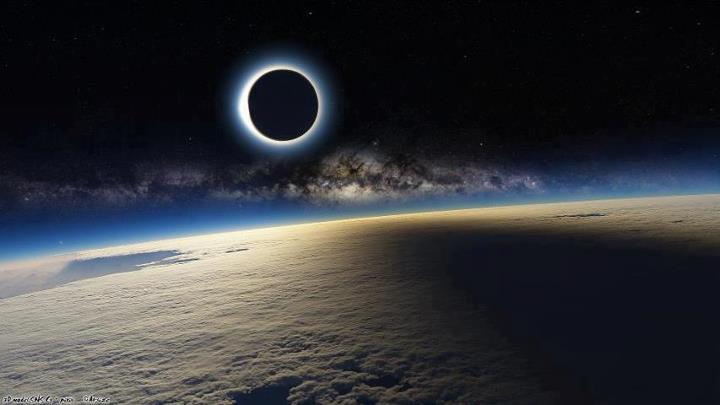New infrared observations from NASA telescopes have revealed how the first supernova ever recorded occurred and how its shattered remains ultimately spread out to great distances.
The US space agency said Monday its Spitzer Space Telescope and Wide-field Infrared Survey Explorer (WISE) had solved a mystery dating from 2,000 years ago when Chinese astronomers witnessed what turned out to be an exploding star.
The findings show that the stellar explosion took place in a hollowed-out cavity, allowing material expelled by the star to travel much faster and farther than it would have otherwise.
"This supernova remnant got really big, really fast," said Brian Williams, an astronomer at North Carolina State University and lead author of a new study detailing the telescope's findings online in the Astrophysical Journal.
"It's two to three times bigger than we would expect for a supernova that was witnessed exploding nearly 2,000 years ago. Now, we've been able to finally pinpoint the cause," he added.
In 185 A.D., Chinese astronomers noted a "guest star" that mysteriously appeared in the sky and stayed for about eight months. By the 1960s, scientists had determined that the mysterious object was the first documented supernova.
Later, they pinpointed the object, known as RCW 86, as a supernova remnant located about 8,000 light-years away but remained puzzled at how the star's spherical remains were larger than expected.
"With multiple observatories extending our senses in space, we can fully appreciate the remarkable physics behind this star's death throes, yet still be as in awe of the cosmos as the ancient astronomers," said Bill Danchi, Spitzer and WISE program scientist at NASA Headquarters in Washington.
5.2 quake hits Japan's Fukushima prefecture
A moderate earthquake has shaken the northeastern Japanese prefecture where the much more massive earthquake and tsunami touched off the worst nuclear crisis since Chernobyl earlier this year.
The 5.2-magnitude quake struck Fukushima Prefecture overnight just after 2 a.m. local time Wednesday (1700 GMT Tuesday). Its epicenter was on the coast near the town of Iwaki, 115 miles (186 km) north of Tokyo.
Fukushima was severely hit by the quake and tsunami in March that left more than 21,000 people dead or missing.
The Wednesday quake was about 70 miles (120 km south) of the Fukushima Dai-ichi nuclear facility.
Another 5.3 quake later Wednesday hit 262 miles (423 kilometers) southwest of Tokyo, off the Japan coast.
The 5.2-magnitude quake struck Fukushima Prefecture overnight just after 2 a.m. local time Wednesday (1700 GMT Tuesday). Its epicenter was on the coast near the town of Iwaki, 115 miles (186 km) north of Tokyo.
Fukushima was severely hit by the quake and tsunami in March that left more than 21,000 people dead or missing.
The Wednesday quake was about 70 miles (120 km south) of the Fukushima Dai-ichi nuclear facility.
Another 5.3 quake later Wednesday hit 262 miles (423 kilometers) southwest of Tokyo, off the Japan coast.
Subscribe to:
Posts (Atom)
